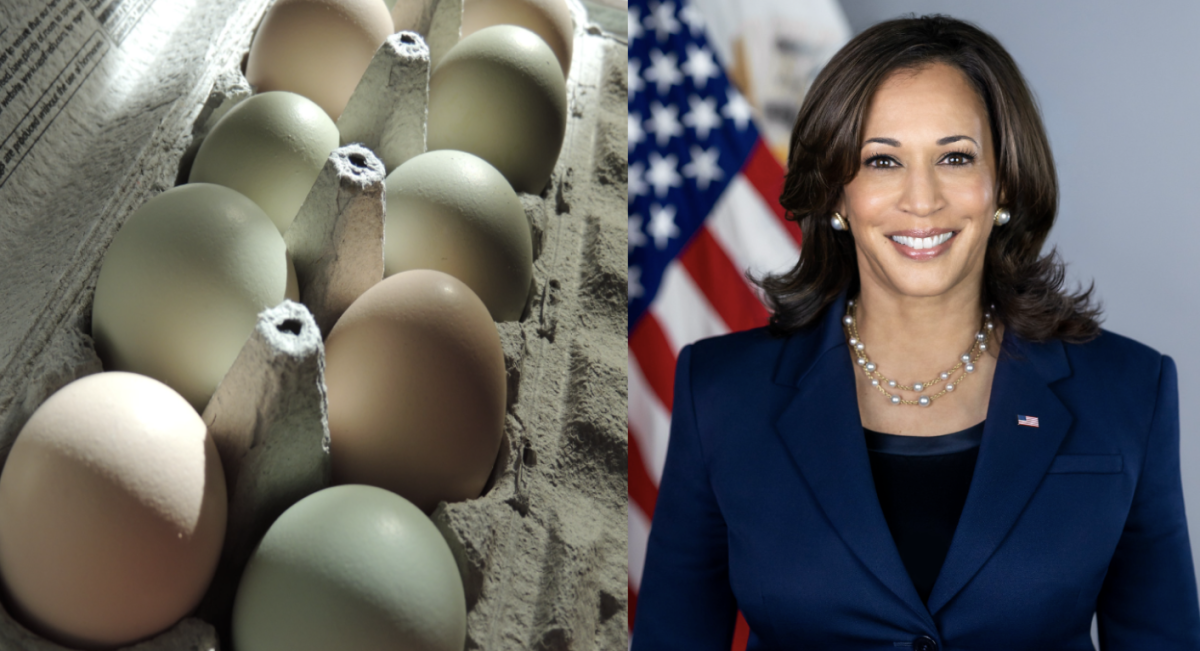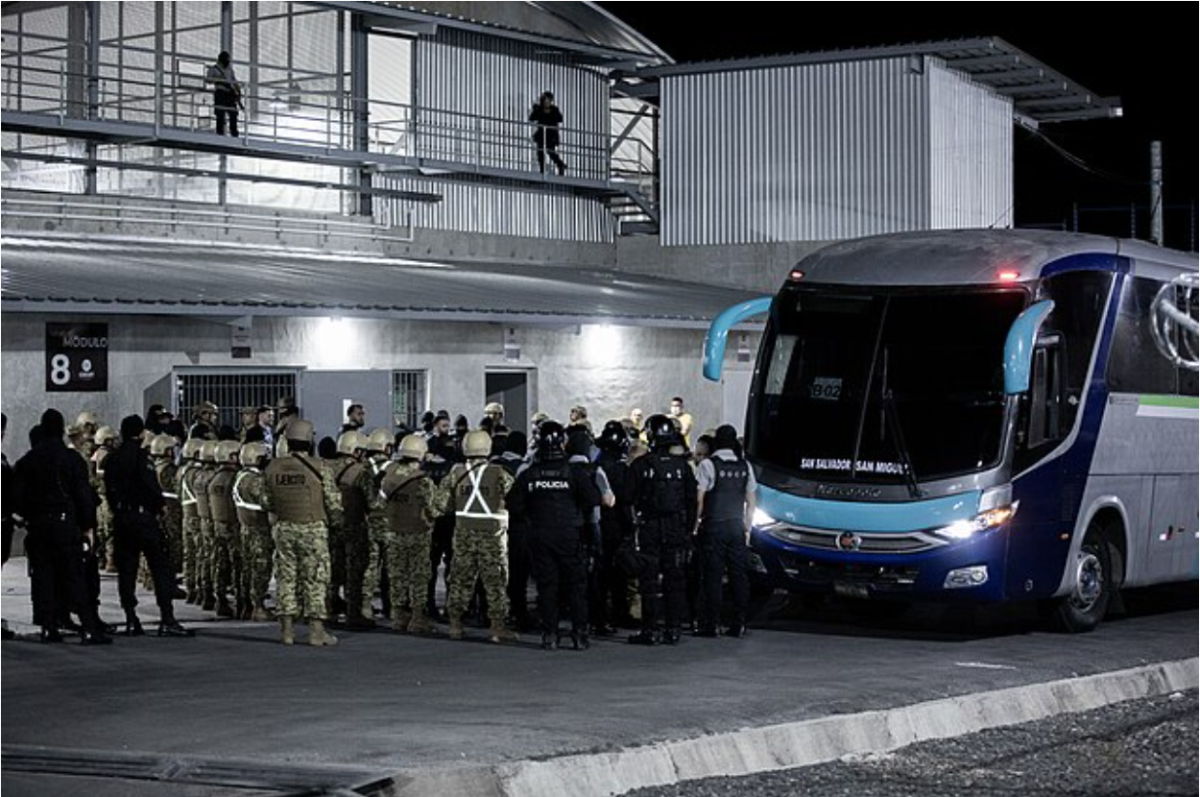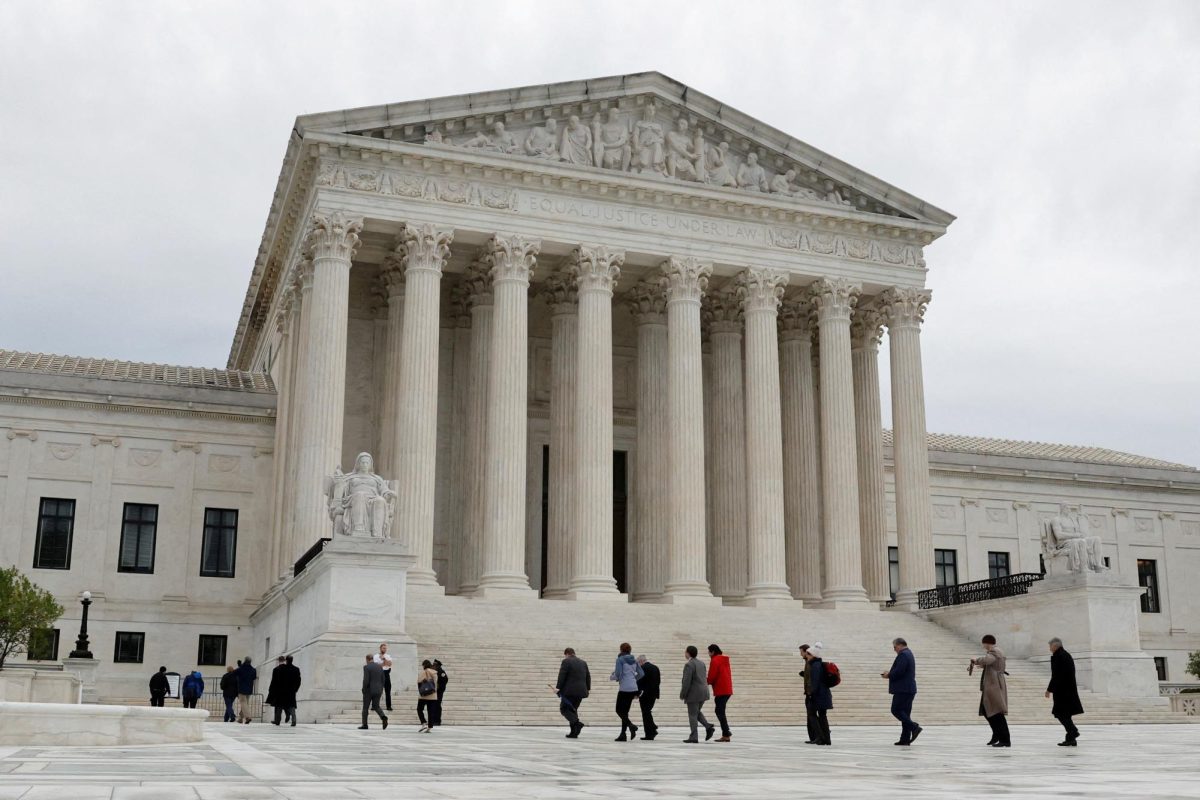In an election year, down-ballot races are often ignored. However, after two years of gridlock due to divided government, both parties have their eyes on these races, particularly in the Senate, as it is almost certainly going to come down to a one or two seat margin in either direction.
The Senate is particularly divided right now, as there are currently 49 Republicans, 47 Democrats, and 4 Independents caucusing with Democrats, giving Democrats a majority. In any case, they face an uphill battle with twenty-three seats up for grabs, three of which are from Ohio, Montana, and West Virginia, states won by Donald Trump twice. Moreover, five of those seats are from Michigan, Wisconsin, Nevada, Arizona, and Pennsylvania, states with an even partisan mix, and one seat is in Maryland, a traditionally blue state that has become a target of Republicans due to the candidacy of its popular and moderate former governor. On the contrary, Republicans have two seats believed to be potentially competitive in Texas and Florida, both states decided by relatively thin margins in the last presidential election. Below is an analysis of each race and the candidates involved, as well as the projected state of the race.
Montana: Tilt Republican
Montana is a traditionally conservative state, voting for Donald Trump by 16.4% in 2020 and electing a Republican to the Senate in 2020, despite there being a popular Democratic governor on the ticket. In this cycle, Democratic incumbent Jon Tester is facing a former Navy SEAL Officer, Republican Tim Sheehy. While Jon Tester remains a very popular incumbent, the state’s rightward shift has been impossible to ignore. With this said, this race is often cited by analysts as the tipping point for control of the Senate as polls have shown shifting enthusiasm towards Sheehy despite an early lead for Tester.
Florida: Lean Republican
While Florida used to be a critical swing state, since 2016 there has been a clear rightward shift that culminated in the 20 percentage point victory of Governor Ron DeSantis in 2022. Although Rick Scott won his last Senate campaign in 2018 by under a percentage point, the rightward shift of this state will certainly aid in his campaign against Rep. Debbie Mucarsel-Powell, with polls showing him with a slight lead.
Maryland: Likely Democrat
Maryland is a deep blue state won by Biden by over 33%. Yet, the appearance of Larry Hogan, the former moderate Republican governor of the state, complicates matters as his name recognition is sure to make this race against Prince George’s County Executive, Democrat Angela Alsobrooks, very close. Larry Hogan was one of the most popular governors in the country, boasting a 77% approval rating when leaving office and winning re-election by a margin of almost 12%. While Hogan was easily able to win his gubernatorial campaigns, senatorial elections are typically viewed as more partisan, and this unfriendly landscape will make this election an uphill fight for him.
Michigan: Tilt Democrat
Since 1988, Michigan has not voted for a Republican for president until 2016 when Donald Trump won by under a percentage point. This state continues to be a swing state, although it has certainly leaned towards Democrats, voting for Biden in 2020 by a nearly three-point margin. Democrat Rep. Elissa Slotkin is running against former Congressman Republican Mike Rogers in this election. With incumbent Democrat Senator Debbie Stabenow retiring, polls have consistently shown that Rogers and Slotkin are locked in a competitive race, though Slotkin has a small but consistent lead.
Nevada: Lean Democrat
While Nevada has voted against Donald Trump twice, both were decided by around 3%, showing a clear political divide in this state. However, in 2022, incumbent Senator Catherine Cortez Masto won by an even slimmer margin of 8,000 votes over Attorney General Adam Laxalt. In this election, veteran Sam Brown is running, this time against incumbent Senator Jackie Rosen. While Brown benefits from the even partisan lean in Nevada, Rosen has held a steady lead in the polls.
Ohio: Toss-Up
While Ohio traditionally was thought of as a critical swing state, it has recently swung towards Republicans, going to Donald Trump by 8%. With Senator JD Vance beating a popular statewide figure in 2022, the political landscape is not friendly towards Democratic incumbent Sherrod Brown, who is running against Republican businessman Bernie Moreno. Nonetheless, Sherrod Brown is very popular and won by nearly 7% in 2018. Polls have shown Brown leading Moreno by a small margin.
Pennsylvania: Lean Democrat
The Keystone State has become perhaps the most crucial swing state. In 2022, its open Senate seat was won by Lieutenant Governor John Fetterman, who was running against the controversial Dr. Mehmet Oz. With incumbent Senator Bob Casey, Jr. on the ballot against Dave McCormick, Democrats hope the incumbency advantage can break the political stalemate of this swing state. Polls have shown this to be the case as Casey has been consistently leading.
Texas: Lean Republican
Texas has certainly experienced a leftward swing, voting for Donald Trump both times, but by shrinking margins. While Senator Ted Cruz almost lost reelection to popular Democratic candidate Beto O’Rourke during the 2018 “blue wave,” his Democratic opponent this year, Rep. Colin Allred, has not received similar support as O’Rourke, and polls show Cruz with a slight lead.
West Virginia: Safe Republican (Flip)
While West Virginia has been consistently one of the most conservative states in the country, voting for Donald Trump both times by nearly forty-point margins, with incumbent Senator Joe Manchin declining to run for re-election nearly all analysts have determined that the senate seat in West Virginia will flip to the current governor, Republican Jim Justice, who is facing Democrat Glenn Elliot.
Wisconsin: Lean Democrat
Similar to Michigan, Wisconsin has solidly voted for Democratic presidential candidates since 1988, with the exception being Donald Trump in 2016 and then Joe Biden in 2020 by a thin margin of 0.63%. However, Wisconsin has shown a tendency to vote for a bipartisan mix of candidates at the statewide level, as their other senator, Ron Johnson, is a Republican. While Senator Tammy Baldwin is popular and running for reelection, and her opponent, hedge fund manager Eric Hovde, has been frequently attacked for being out of touch with Wisconsin voters considering that he has spent most of his life in California. Polls show Baldwin with a slight lead.














